Toyota has previewed its second electric SUV with the FT-3e concept, a car that paves the way for a radical electric 4x4 set to introduce a new era for the brand where it will “go beyond providing physical transportation tools".
Unveiled alongside the FT-Se sports car concept at the Tokyo motor show, it is a sharply styled five-seat 4x4 with a design language that builds on the Toyota bZ4x's.
According to Toyota, its eye-catching design has been created with the help of AI and is said to be "as simple as possible", with clean, aero-optimised lines and a prominent belt line in the same vein as the Land Rover Defender. It will also feature a bumper-width rear light bar, squared-off panelling and a new design of alloy wheel in the same colour as the bodywork.
Outside, digital displays run from the foot of the wheel arch upwards toward the door mirror. These provide the driver with information when they walk up to the car, such as the battery charge state, cabin temperature and air quality. It also gets its own light pattern along the door sills, which is expected to be unique to Toyota's electric SUVs.
The car sits on the same modular platform as the FT-Se, the Lexus LF-ZL and the Lexus LF-ZC, which allows for a “low centre of gravity” without sacrificing range, performance or – and crucial for an SUV – interior space.
The FT-3e is 4860mm long, 1955mm wide and 1595mm tall, with a large wheelbase of 3000mm.

A big feature for cars that sit on this modular electric architecture is the flexibility it offers (size, shape and powertrain layout) because of the way it is constructed. The vehicles are split into three parts (front, centre and rear) using a new gigacasting production process that allows for more freedom of form.
Notably, during production, the vehicles will move autonomously along each stage of the "self-driving assembly line" using their own battery and motor.
Speaking at the launch, Toyota CEO Koji Sato said that thanks to this platform, the brand’s next generation of cars is going to focus on “both a low centre of gravity and a spacious interior”, something that “was not possible in the past”.
He added. “To do this, we need to make the main components much smaller and lighter and deploy our strength as a car maker to put them together in the best package possible.

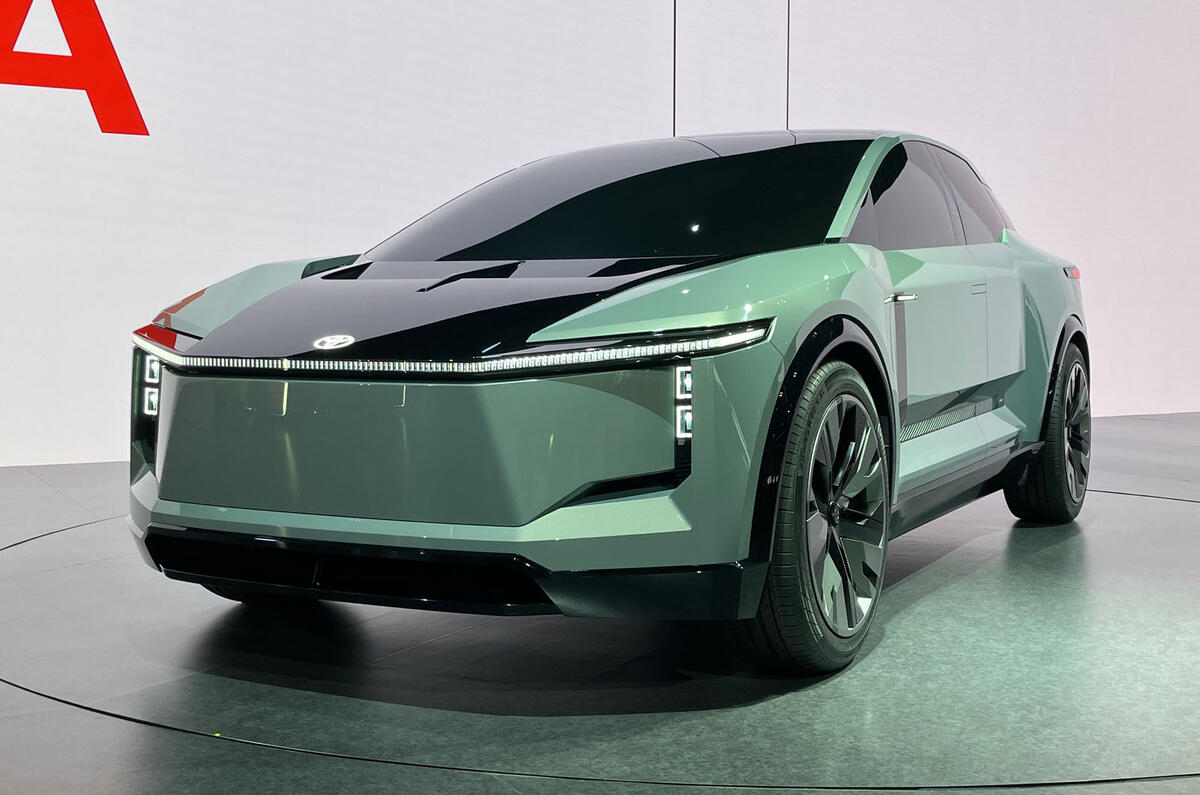
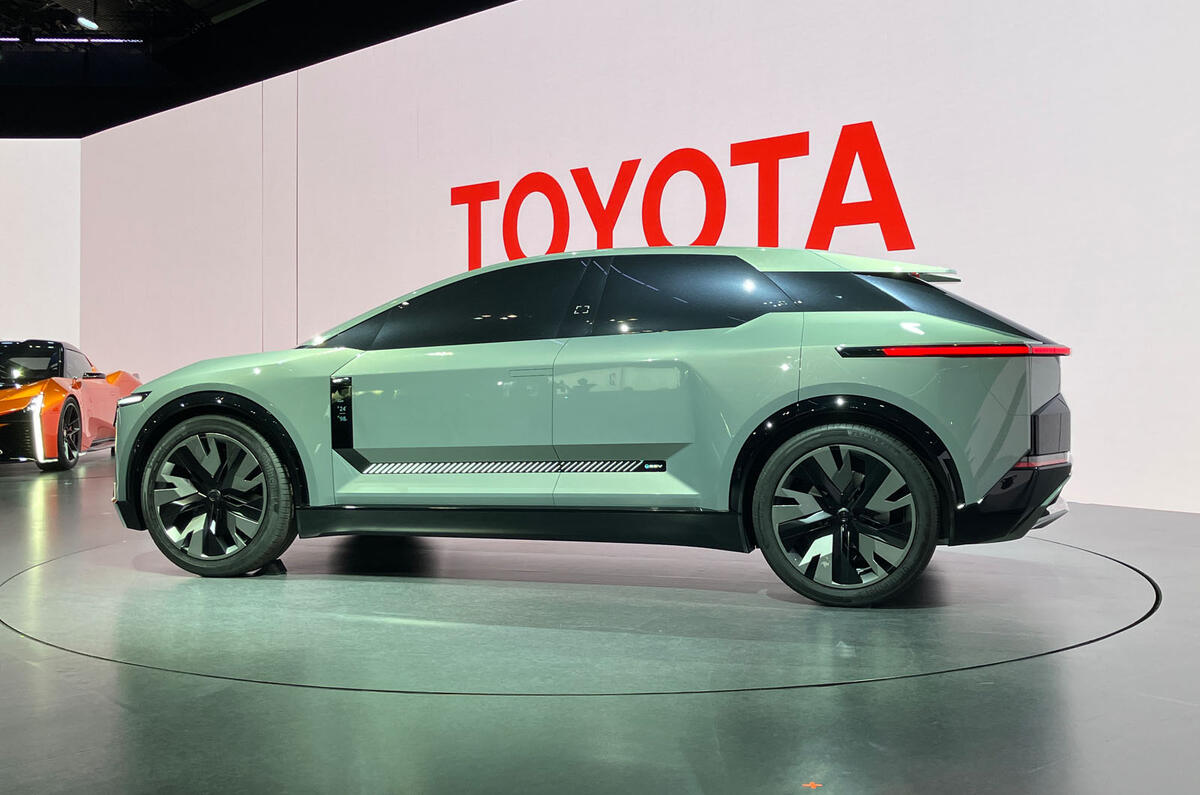
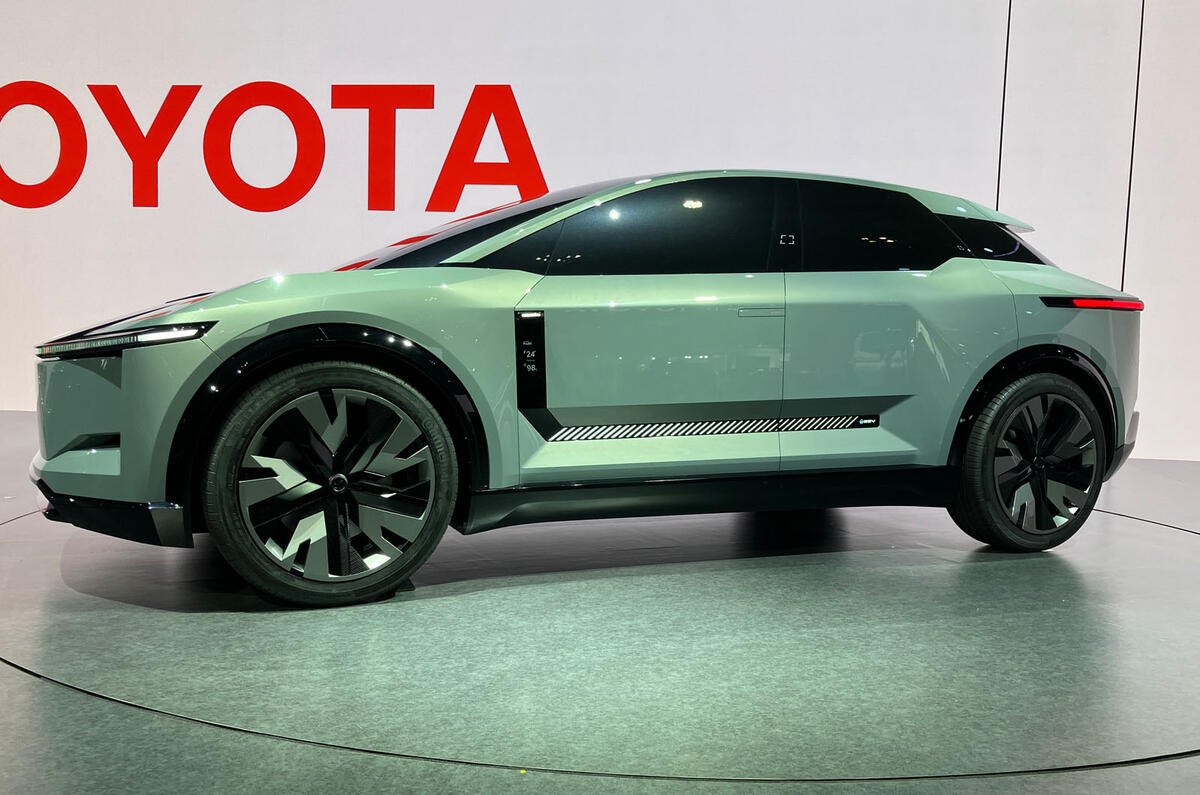

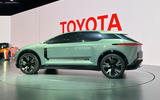
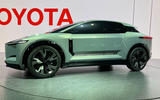

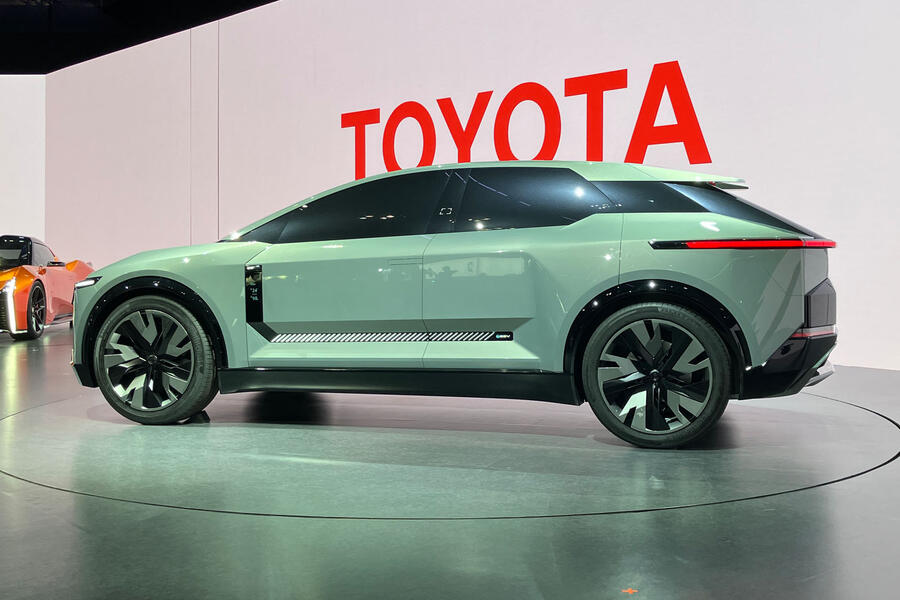





Join the debate
Add your comment
One of a kind cherished vehicle, these were thee words that struck me most, if these words that resonate with you when buying a car and influence your buy or buy decision, then how it drives is second or third on your list of what your looking for in a car, guess it shows th how the demographic has changed for who buys cars these days.
Will it still weigh 2 tons? Will it still chew through tyres, brake pads and tarmac? Will it still have invented mileage range, and be just 50% of real world usage? Will it still be unaffordable to 95% of the population? Will the batteries last 200K plus miles? Is this the best battery tech after 26 years of development? One minute, Toyota claims to be developing hydrogen engines rather than battery tech, but I have yet to see or hear anything close to being released for the hydrogen market. Still not buying any EV car soon, can't afford any, and don't believe battery tech will win. Turtle and hare story springs to mind. Can't think of any consumer or commercial concept that took 26 years to develop and be accepted, globally, and still be a niche market.
There's so much stupid in here I don't know where to start.